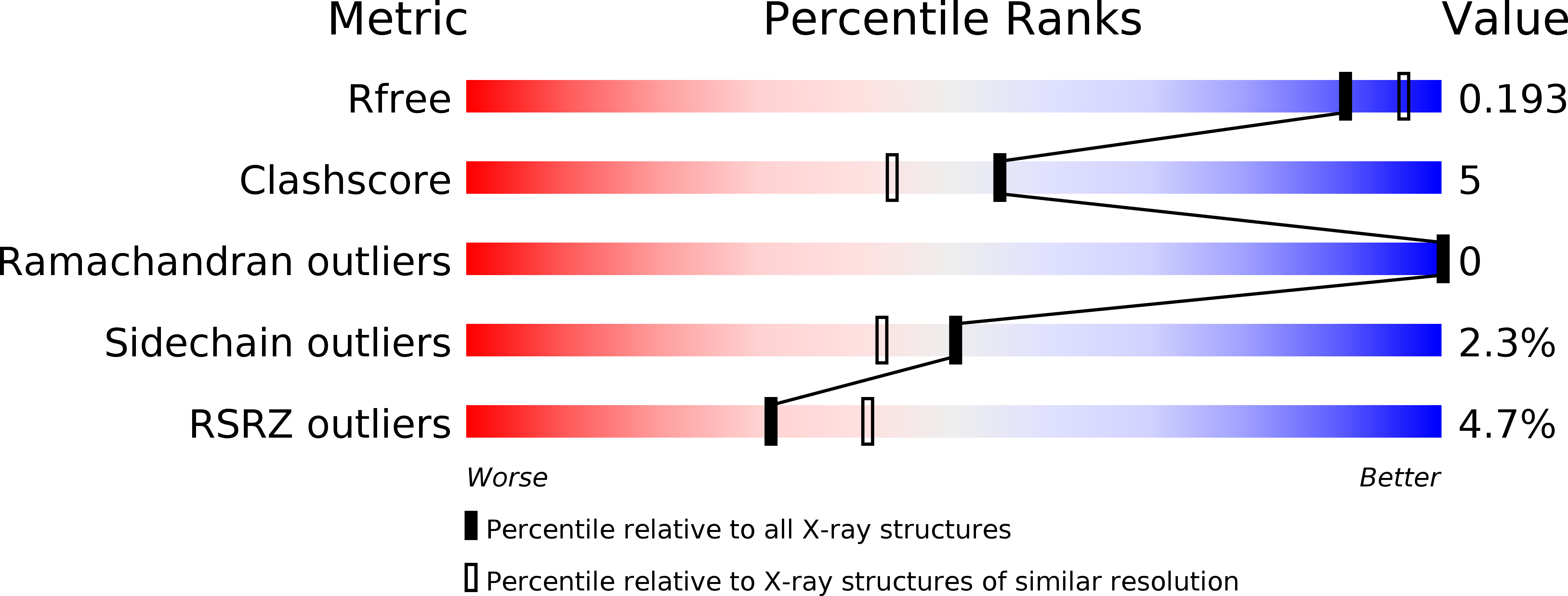
Deposition Date
2011-08-15
Release Date
2011-11-09
Last Version Date
2024-02-28
Entry Detail
PDB ID:
3TFD
Keywords:
Title:
Crystal structure of an H-NOX protein from Nostoc sp. PCC 7120, L66W mutant
Biological Source:
Source Organism:
Nostoc sp. (Taxon ID: 103690)
Host Organism:
Method Details:
Experimental Method:
Resolution:
1.96 Å
R-Value Free:
0.18
R-Value Work:
0.16
R-Value Observed:
0.16
Space Group:
P 21 3


